Return to Nostalgia (2015)
ジャンル : ドキュメンタリー
上映時間 : 53分
演出 : Woo Ming Jin
シノプシス
Local filmmaker Woo Ming Jin and his crew traversed across Peninsular Malaysia and Singapore to find 'Seruan Merdeka' (1947) - the first film made in Malaya post-WWII, and also the first film in the history of Malaysian cinema to feature a biracial cast of Malays and Chinese. While tracking the film's whereabouts, Woo met many locals along the way, whom he interviewed in an effort to find out more about the country's history.
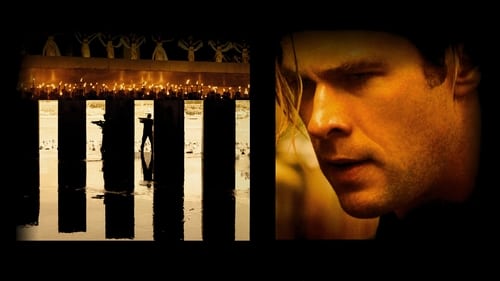
『ヒート』のマイケル・マン監督が『アベンジャーズ』のクリス・ヘムズワース主演で描くサスペンス。ハッキングの罪で投獄されていた天才プログラマー・ハサウェイは、香港の原子炉やアメリカの金融市場を攻撃する凶悪ハッカーの捜査協力を要請される。
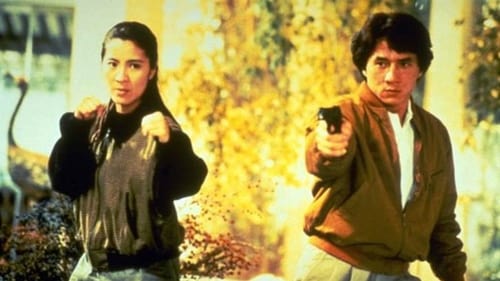
恋人メイと穏やかな生活を送る香港警察のエース、チェン刑事の元に、国際警察から極秘プロジェクトの参加依頼が入る。それは東南アジアを拠点に暗躍する世界的な犯罪組織”チャイバの帝国”を壊滅すること。中国の国家保安局部長で、特殊任務のエキスパートである美女ヤンとコンビを組んだチェンは、組織のボスであるチャイバに取り入り、黄金の三角地帯で行われる大型取引への潜入捜査を開始する。 ジャッキー・チェンの人気シリーズ第3弾。美しきアクション女優ミシェール・ヨーが男顔負けの危険なスタントを披露。手に汗握る超絶バトルから目が離せない!

An investigation of how Hollywood's fabled stories have deeply influenced how Americans feel about transgender people, and how transgender people have been taught to feel about themselves.
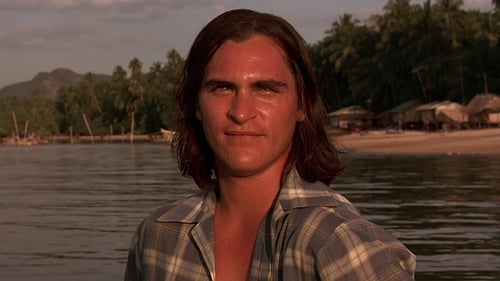
Lewis, Sheriff and Tony are three friends vacationing in Malaysia. Sheriff and Tony eventually leave to pursue careers in New York, but Lewis stays behind to work with orangutans. Two years later, Sheriff and Tony learn that, because of their past actions, Lewis has been arrested for drug possession. With Lewis facing a death sentence, the friends are left with a difficult decision: return to Malaysia and split Lewis' sentence, or let him die.
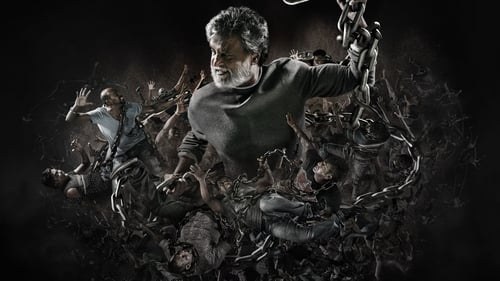
A gangster in Malaysia goes in search of his family after 25 years of imprisonment.

A hilarious introduction, using as examples some of the best films ever made, to some of Slovenian philosopher and psychoanalyst Slavoj Žižek's most exciting ideas on personal subjectivity, fantasy and reality, desire and sexuality.
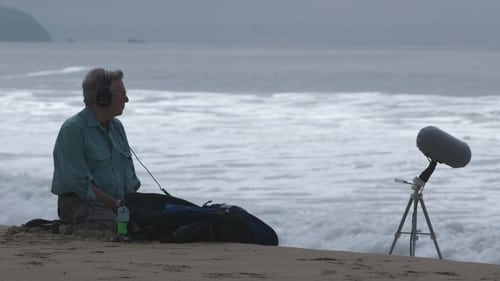
名監督たちはいずれも、映画の音響が作品に与える影響は重要だと語り、自作や過去の名作を例に挙げて解説。音響デザイナーのマーチは“音が与える印象は、映像よりずっと強い”と語る。音楽、せりふなどの人の声、効果音などを組み合わせて音響は作られるが、どう組み合わせるかでまったく変わる。特にSFやファンタジーといったジャンルでは、現実に存在しない音を作るための工夫が必要となるが、すでにある音を応用することも。

The epic life story of Alice Guy-Blaché (1873–1968), a French screenwriter, director and producer, true pioneer of cinema, the first person who made a narrative fiction film; author of hundreds of movies, but banished from history books. Ignored and forgotten. At last remembered.
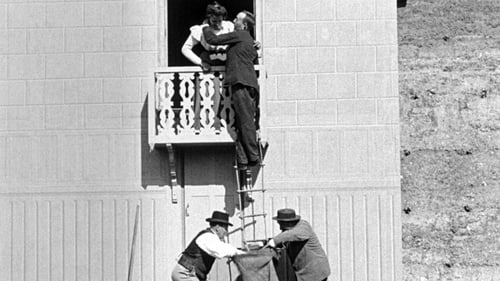
A collection of restored prints from the Lumière Brothers.

Surrealist master Luis Buñuel is a towering figure in the world of cinema history, directing such groundbreaking works as Un Chien Andalou, Exterminating Angels, and That Obscure Object of Desire, yet his personal life was clouded in myth and paradox. Though sexually diffident, he frequently worked in the erotic drama genre; though personally quite conservative, his films are florid, flamboyant, and utterly bizarre.

In this filmed version of cult film director John Waters' popular one-man show, the Pink Flamingos and A Dirty Shame director takes the stage to discuss everything from his early influences, fondest career memories, and notorious struggles against the MPAA rating system. Part endearing memoir and part hilarious lecture, This Filthy World touches on everything from the insanity of contemporary pop culture to the director's unforgettable early collaborations with inimitable Pink Flamingos star Divine.

An intimate portrait and saga of four film pioneers--Harry, Albert, Sam and Jack who rose from immigrant poverty through personal tragedies persevering to create a major studio with a social conscience.
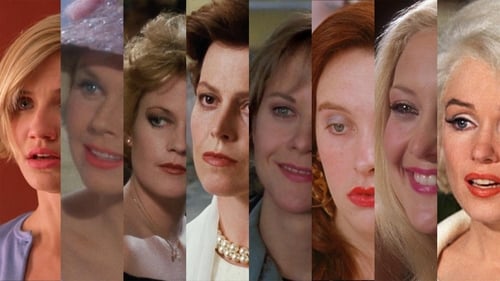
This documentary goes beneath the surface of our favorite films, seeking to better understand the way we view love, relationships, and romance. From clumsy meet cutes to rain-soaked declarations of love, these films reflect our experiences but are often just as problematic as they are comforting. Helped by a chorus of critics, actors, and filmmakers, and original songs by her band Summer Camp, director Elizabeth Sankey embarks on a journey of investigation and self-discovery.

This documentary revisits the making of Gone with the Wind via archival footage, screen tests, insightful interviews and rare film footage.

Jack L. Warner, Harry Warner, Albert Warner and Sam Warner were siblings who were born in Poland and emigrated to Canada near the turn of the century. In 1903, the brothers entered the budding motion picture business. In time, the Warner Brothers moved into film production and would open their own studio in 1923.
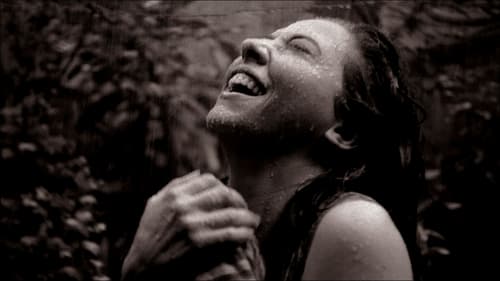
A deep investigation, in the way of a poetic essay, on one of the main Latin American movements in cinema, analyzed via the thoughts of its main authors, who invented, in the early 1960s, a new way of making movies in Brazil, with a political attitude, always near to people's problems, that combined art and revolution.
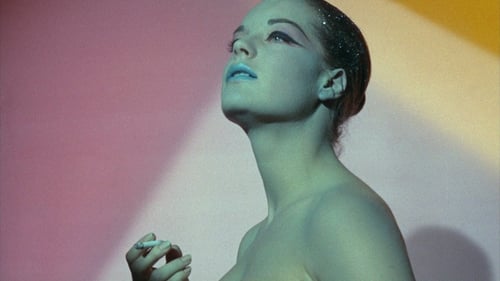
In 1964, Henri-Georges Clouzot's production of L'Enfer came to a halt. Despite huge expectations, major studio backing and an unlimited budget, after three weeks the production collapsed. This documentary presents Inferno's incredible expressionistic original rushes, screen tests, and on-location footage, whilst also reconstructing Clouzot's original vision, and shedding light on the ill-fated endeavor through interviews, dramatizations of unfilmed scenes, and Clouzot's own notes.

映画創世記に、誰よりも映画を愛し、その可能性を追求した映画の父-ジョルジュ・メリエスの成功と挫折の人生を、彼が生きた時代背景と共に追ったドキュメンタリー。 偶然見つかった幻のカラーフィルムから始まった『月世界旅行』のリストア作業全工程と、トム・ハンクス、ミシェル・ゴンドリー、ジャンピエール・ジュネ等へのインタビューを通して、今もなお多くの映画人を魅了しているメリエスの映画魔術に迫る。

Among the pieces featured in Fragments are the final reel of John Ford's The Village Blacksmith (1922) and a glimpse at Emil Jannings in The Way of All Flesh (1927), the only Oscar®-winning performance in a lost film. Fragments also features clips from such lost films as Cleopatra (1917), starring Theda Bara; The Miracle Man (1919), with Lon Chaney; He Comes Up Smiling (1918), starring Douglas Fairbanks; an early lost sound film, Gold Diggers of Broadway (1929), filmed in early Technicolor, and the only color footage of silent star Clara Bow, Red Hair (1928). The program is rounded out with interviews of film preservationists involved in identifying and restoring these films. Also featured is a new interview with Diana Serra Cary, best known as "Baby Peggy", one of the major American child stars of the silent era, who discusses one of the featured fragments, Darling of New York (1923).























